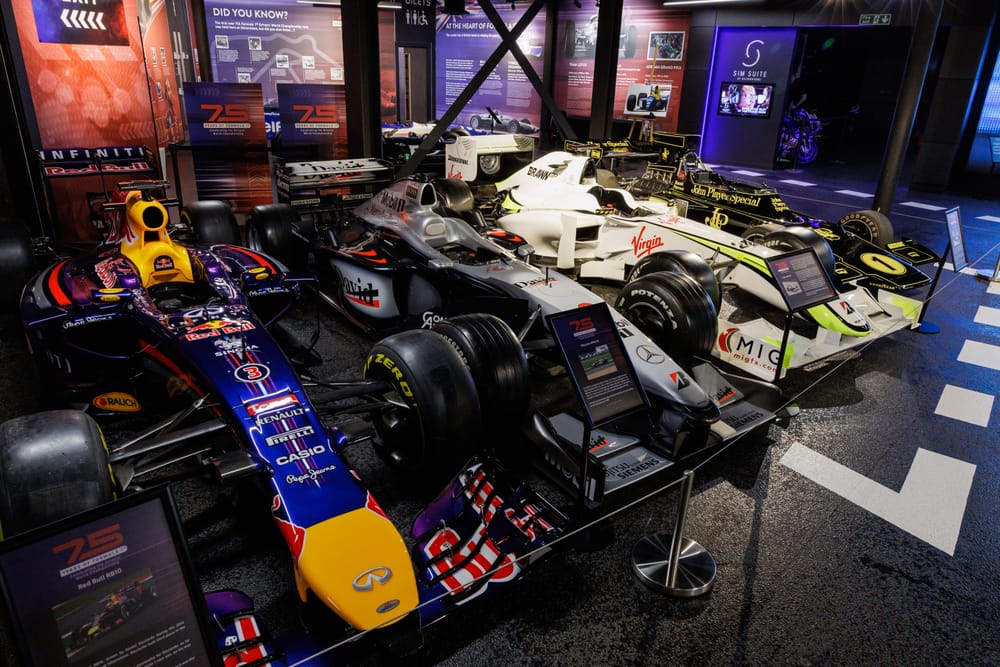Silverstone Museum has launched a new exhibition to celebrate Formula 1's 75th anniversary, so The Race headed there to see what's going to be on display and to find out more about how such a collection comes together.
To celebrate F1 75, the museum, which first opened in 2019, will have a rotating range of classic and modern F1 machinery and artefacts across the special exhibition, which will run until October this year.
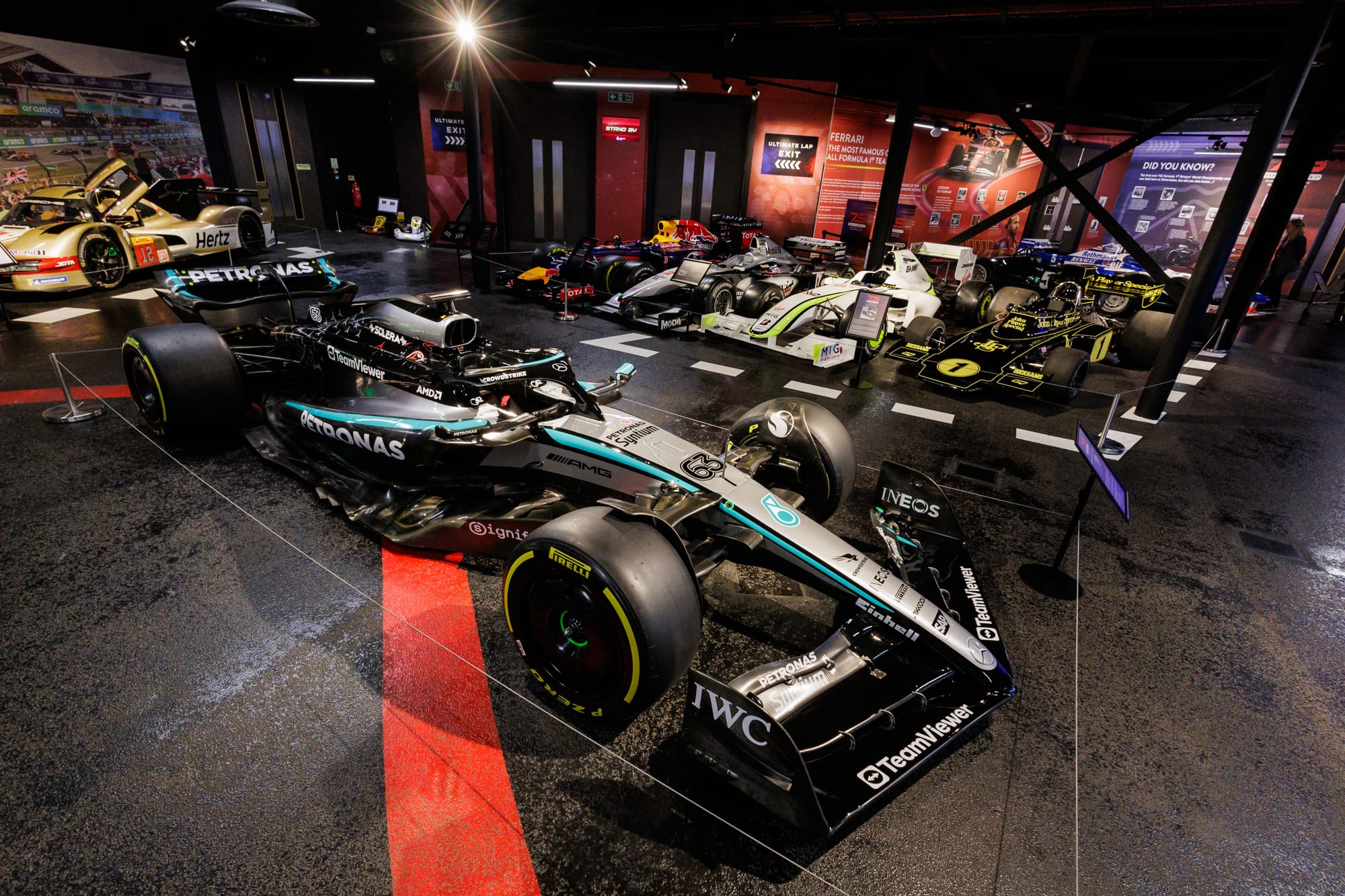
Last week, George Russell's Mercedes W14 from 2023 arrived at the museum, joining the likes of Jenson Button's 2009 Brawn, the iconic Lotus 72, the Red Bull RB10 from 2014, Nigel Mansell's championship-winning FW14B and the 2000 McLaren MP4/15.
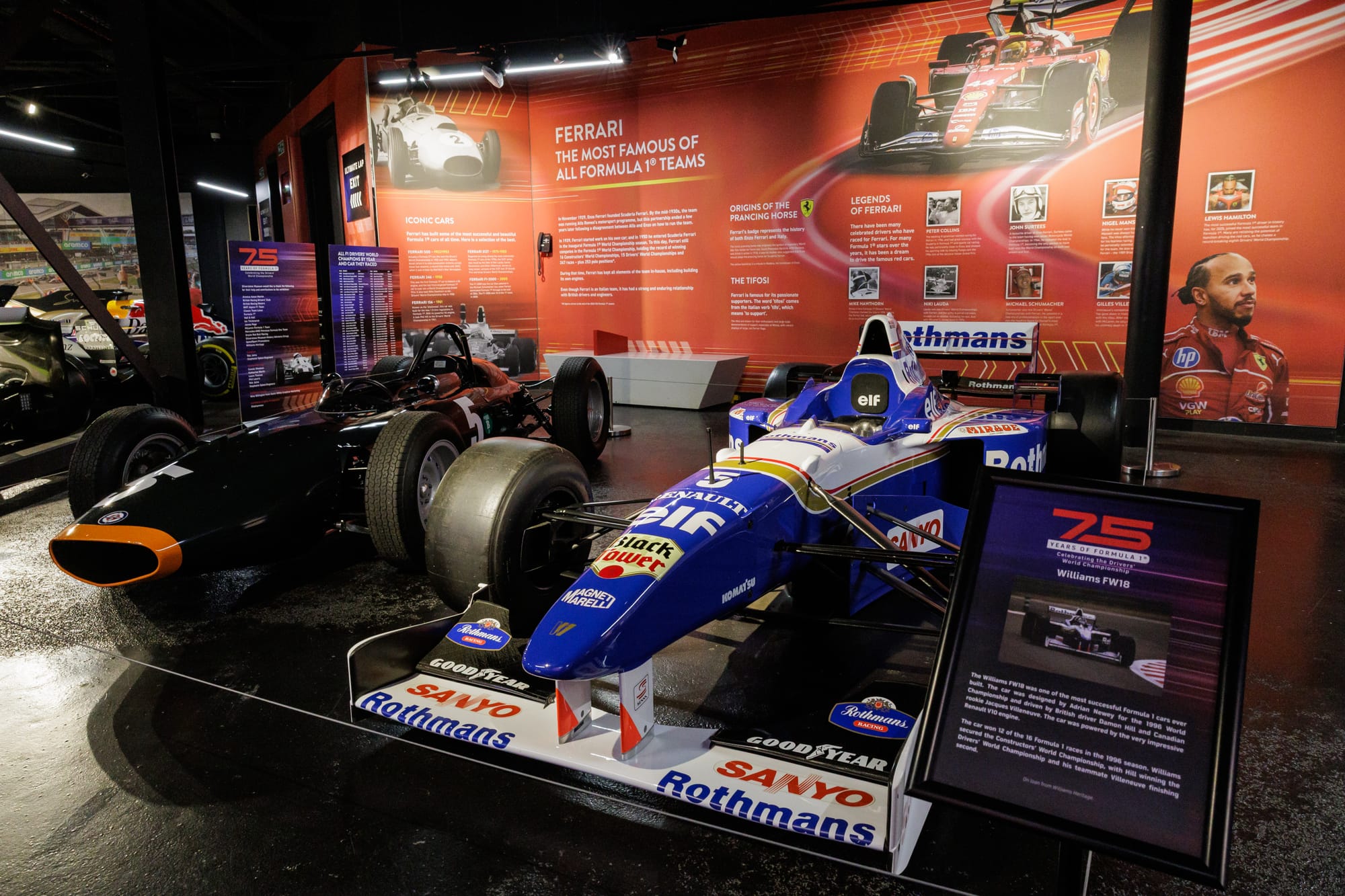
Graham Hill's 1962 championship-winning BRM P578 and Damon Hill's 1996 title-winning Williams FW18 are displayed side-by-side in the museum, a world-first, museum curator Rob Jaina believes, having fact-checked that with F1 historian Doug Nye.
The Adrian Newey-designed Leyton House March CG891 is also among the new additions.
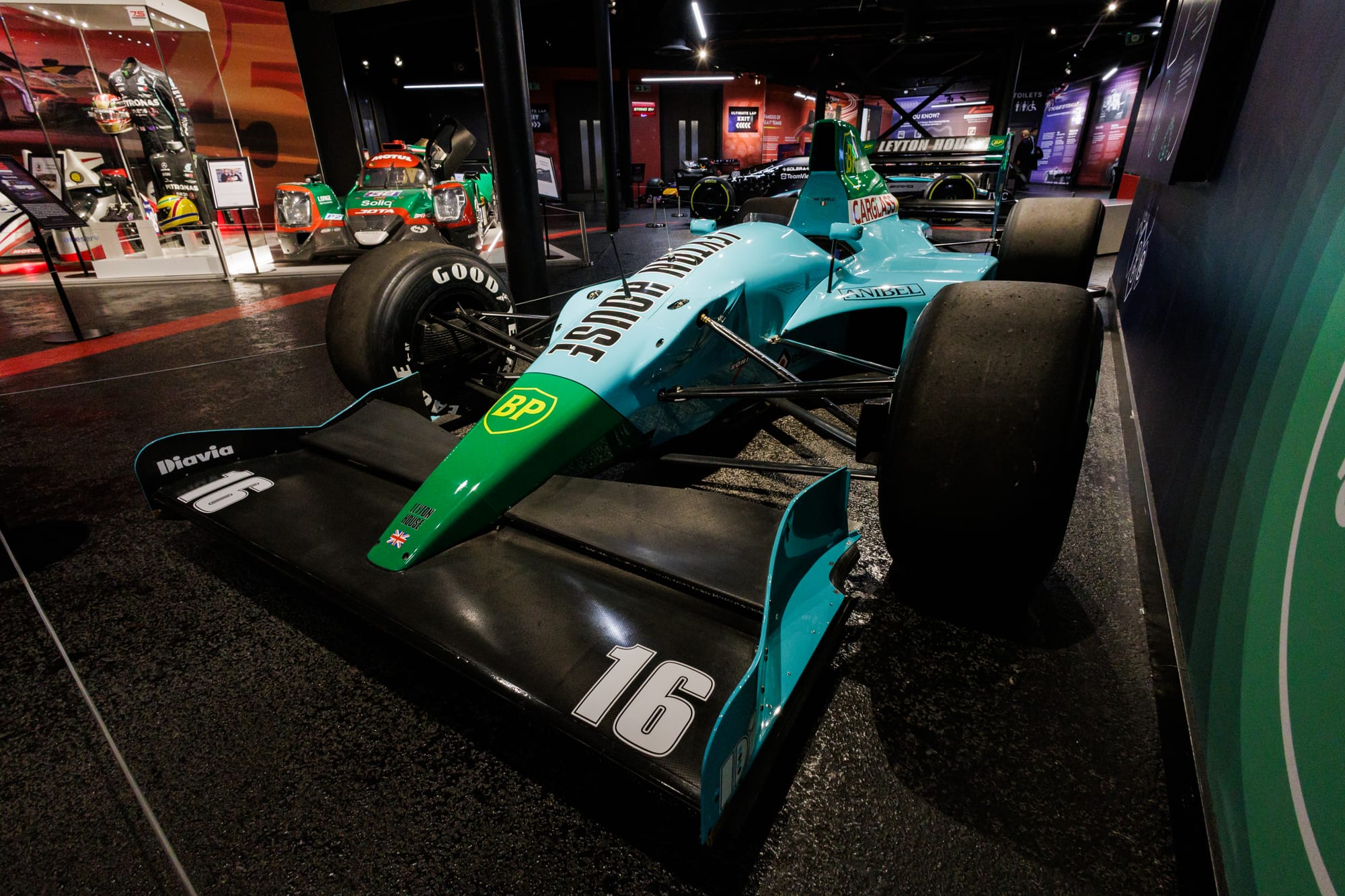
As well as the cars, there's a wide variety of F1 helmets, trophies, car parts and you can even try out some of those classic cars in the virtual world on Silverstone Museum's on-site simulators. The Race flung a virtual edition of the Brawn GP001 around the pre-2010 Silverstone layout, only occasionally inspecting the gravel traps.
What's coming?
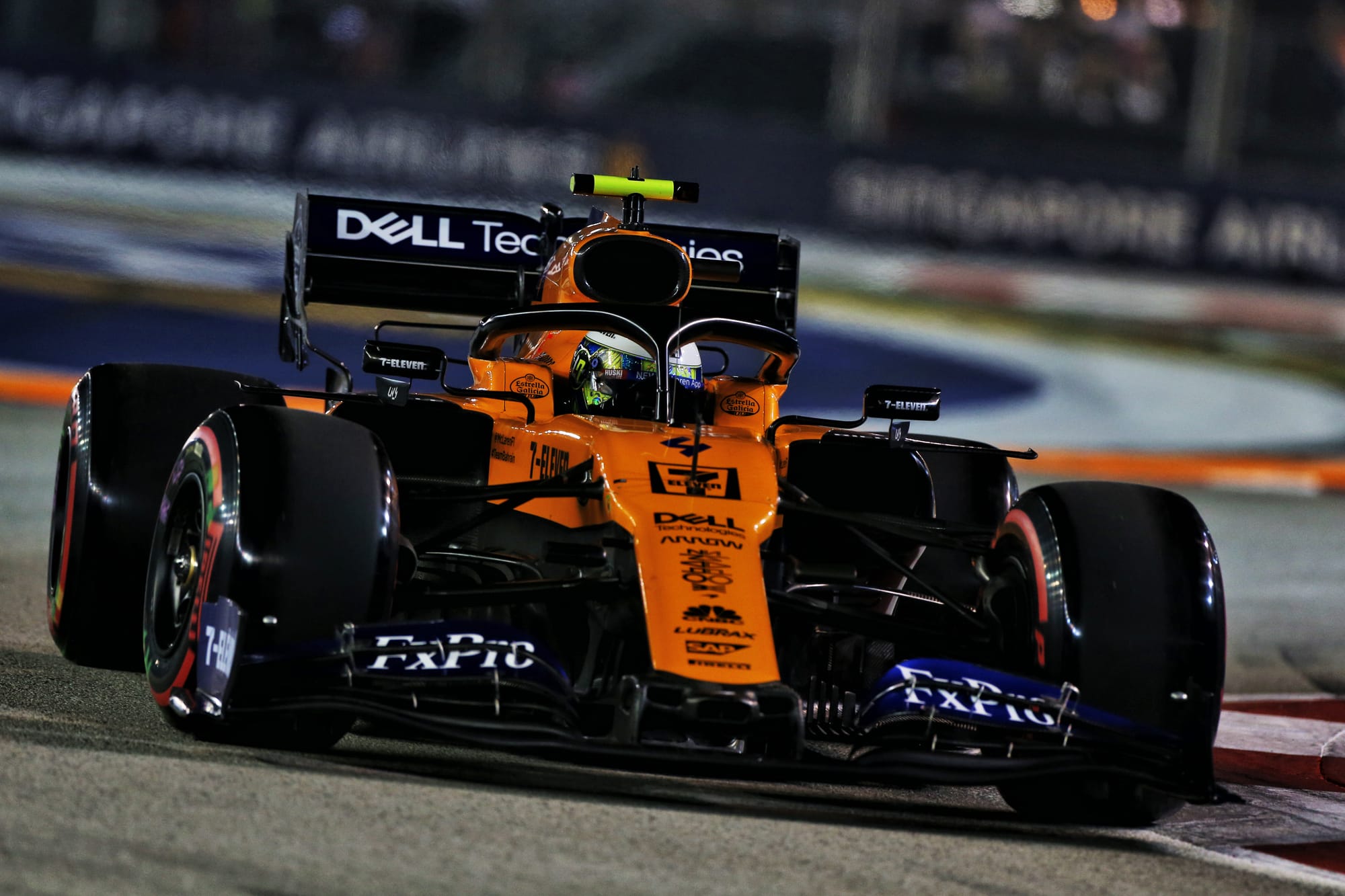
The first McLaren F1 car that Lando Norris raced (the McLaren MCL34) will arrive within the next couple of weeks, plus there will be a contemporary Alpine F1 car and it's likely there will be a Haas F1 car for the first time at the museum in the coming months too.
There will also be the 'sharknose' Ferrari F156 that Enzo Ferrari famously ordered the (nose-) cutting up of at the end of a disappointing 1962 season.
How you build an F1 museum collection
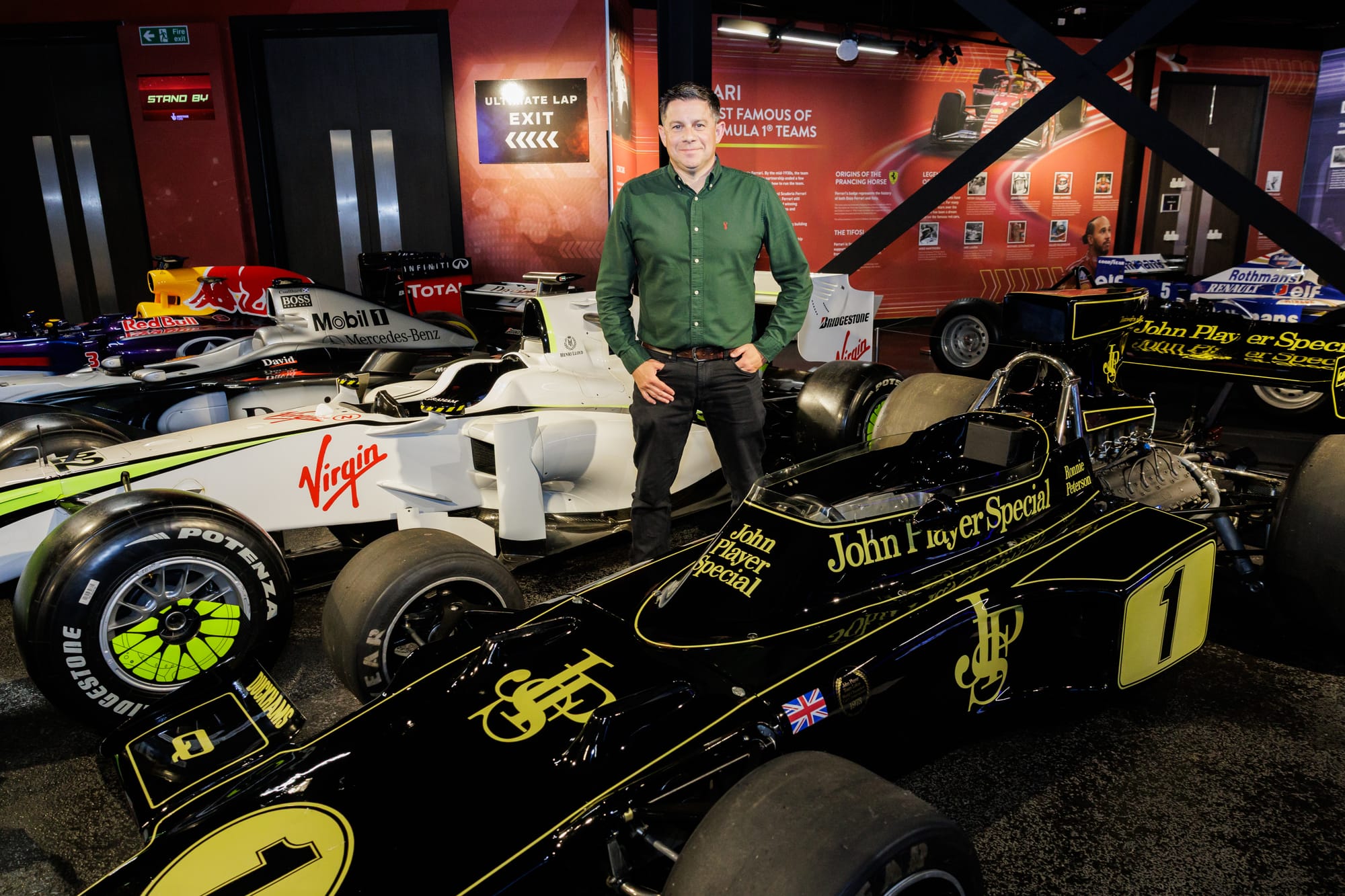
Curating a collection of F1 cars is no easy feat. To better understand what goes into gathering such a display, The Race spoke to the museum's head of learning and engagement - essentially the museum's curator - Rob Jaina (pictured above).
"A lot of my job is sourcing the vehicles for the museum; everything we have here is on loan to us," Jaina told The Race.
"We're beholden to people and their generosity, we don't have a lot of money, [but] we offer to pay transport, pay insurance.
"With teams like Mercedes, I'm very privileged to have a good relationship with some of the people who work on the team and the heritage team.
"Mercedes has a heritage collection which really is second to none, they keep every single bit, even if a car has an accident, they keep every single bit. The Brawn is part of their collection. When Mercedes bought the team, it was one of the assets they got when they took over the team.
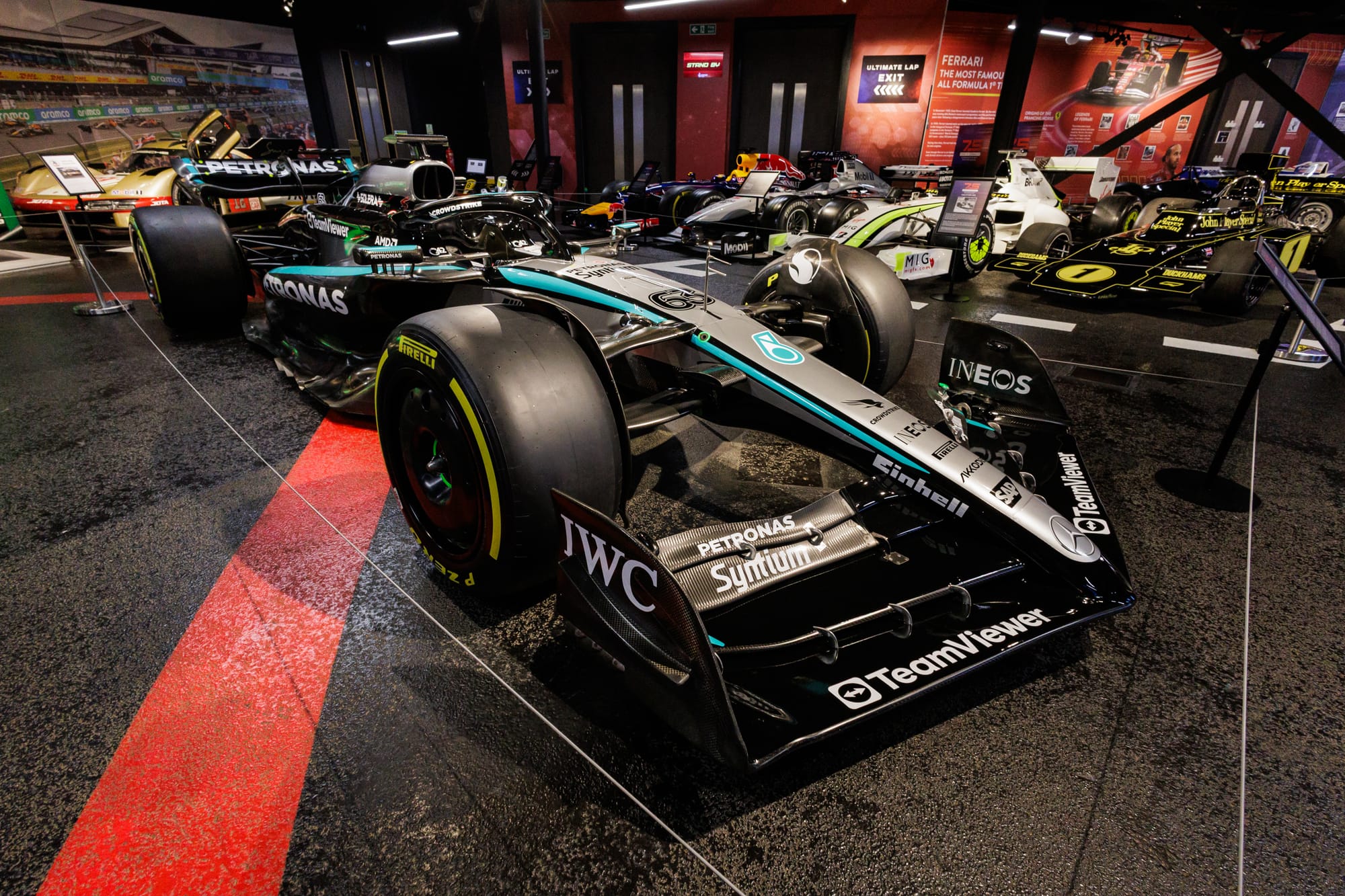
"What I normally will do is contact them in advance, I'll have a conversation with them, and see what's available. Sometimes it happens very quickly, sometimes it can take a couple of months; it depends on where their cars are needed.
"All Formula 1 teams literally ship their cars all over the globe for sponsor activations, media work and those kind of things. We have to be very respectful of the fact that we won't necessarily always be top of the tree, because we're not offering money.
"Some of the cars are owned in private ownership or owned by or looked after by engineering companies. It's a case of building those relationships with different people.
"I've been involved in the sport a long time, when you have the knowledge, you can give people that little bit of reassurance that their vehicles are going to be looked after. Some of these vehicles, a lot of them are in excess of two, three, four million pounds worth, and so they have to know it's going into safe hands and be looked after in a careful way.
"Sometimes at the other end of the scale, particularly over the winter this happens, I'll be contacted by someone I know who owns an engineering company, they've got three or four more cars than they can fit their workshop at the time and the owner can't have them back and would I mind looking after them for a couple of weeks? It means over the winter we can have quite an eclectic mix of things."
So what's been the hardest car to acquire for the new collection? It might not be the one you think…
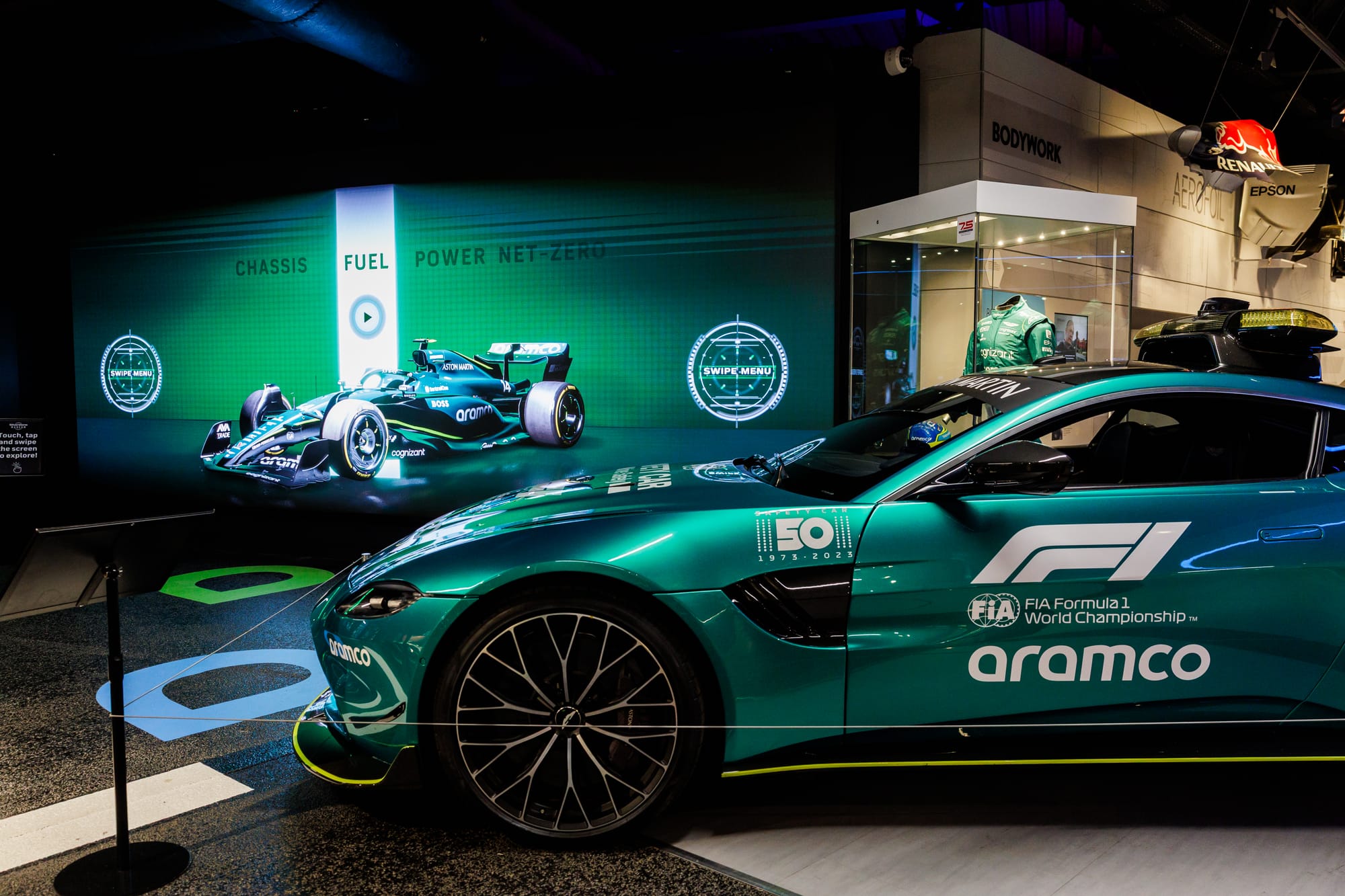
"This is going to sound really bizarre, but the [Aston Martin DBX707] Formula 1 safety car," Jaina replied.
"When anything has an F1 logo on it, there's quite a legal process to go through. Aston Martin was brilliant, their specialist vehicle department had the car ready, but we had to go through quite a number of loopholes, and photos of where it's going to be shown.
"Those kind of things have been quite tricky. Some teams are completely different, but they're all genuinely brilliant."
More information and tickets can be found here: https://www.silverstonemuseum.co.uk/tickets/


